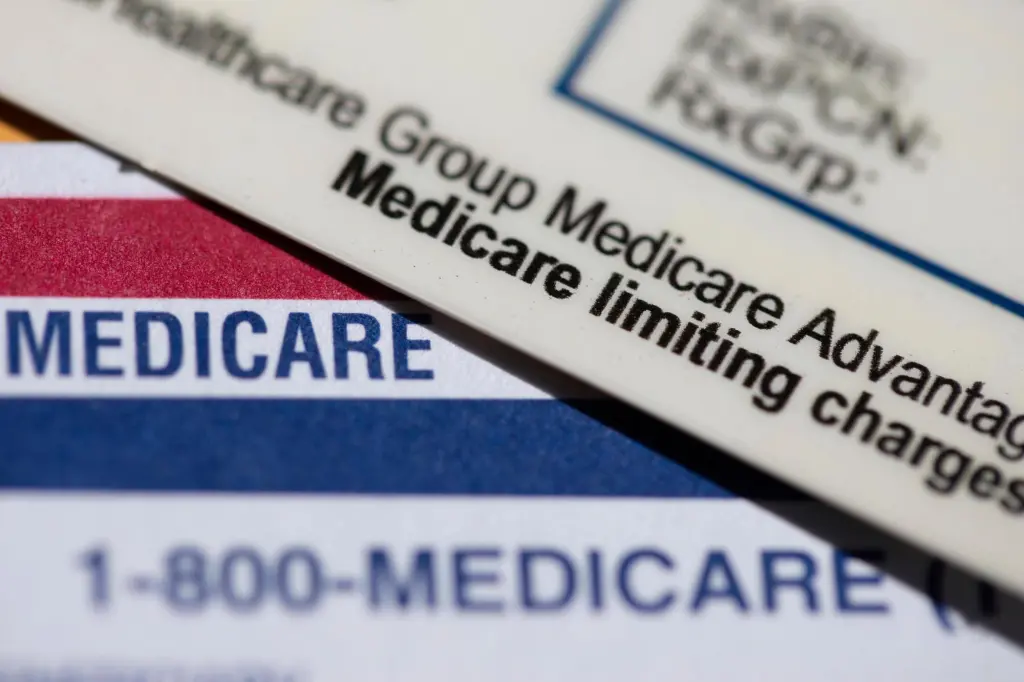
This month, millions of seniors will receive unwelcome news. Their Annual Notice of Change letters — mailed out by the insurers that administer Medicare Part D drug plans — may announce the largest premium hikes in Medicare’s history.
Democrats and their “Inflation Reduction Act” deserve the blame.
When President Biden signed the Inflation Reduction Act in 2022, the White House claimed seniors would save money. And the law did include several measures that, at first glance, appeared to reduce seniors’ financial liabilities, especially their out-of-pocket costs.
But the law didn’t magically make healthcare costs disappear — it simply shifted the burden onto insurers. This all but guaranteed insurers would pass the bill back to patients by raising premiums, slashing plan offerings, and restricting access to medicines.
And that’s exactly what has happened. Average Medicare Part D monthly premiums already increased 23% in 2025 — the biggest jump in the program’s history.
And the premium hikes that insurers will announce this fall, and take effect starting in January, could be even steeper. The federal agency that oversees Medicare recently announced that the “national average monthly bid amount” — a figure that’s correlated with premiums — is rising 33% for the 2026 plan year. If premiums jump by that much, retirees living on fixed incomes will have an even harder time affording their groceries, housing payments, and utility bills on top of higher insurance costs.
The strain isn’t just financial, though. Insurers stopped offering hundreds of plans from 2024 to 2025, forcing beneficiaries to scramble for an alternative. For low-income beneficiaries, the squeeze is even worse — the number of plans available to them dropped by 29% in just one year, leaving them the fewest options since Part D began.
Meanwhile, insurers are limiting which medicines patients can take. Ninety-six percent of insurers are beefing up “prior authorization” hurdles, making patients take alternate therapies before covering the medicines their doctors prescribe, or imposing other similar restrictions.
At its inception, Medicare Part D was a free-market success story. When Medicare Part D launched in 2006, insurers sponsored and sold more than 1,400 distinct plans during the program’s first year, creating a vibrant marketplace where seniors had plenty of choices and insurers had to compete on both price and quality to win seniors’ business. Seniors benefited from low premiums and comprehensive coverage. And thanks to the cut-throat competition between insurers, the program’s total cost to taxpayers consistently clocked in far below what government forecasters originally predicted.
Today, Part D is collapsing under the IRA’s weight. This year, insurers offered only 464 plans nationwide — down more than 75% from the 1,866 plans offered in 2007.
The lesson is clear: when Washington imposes heavy-handed mandates and tries to “reform” our healthcare system from on high, patients lose.
Robert Goldberg, PhD, is co-founder and vice president of the Center for Medicine in the Public Interest.



